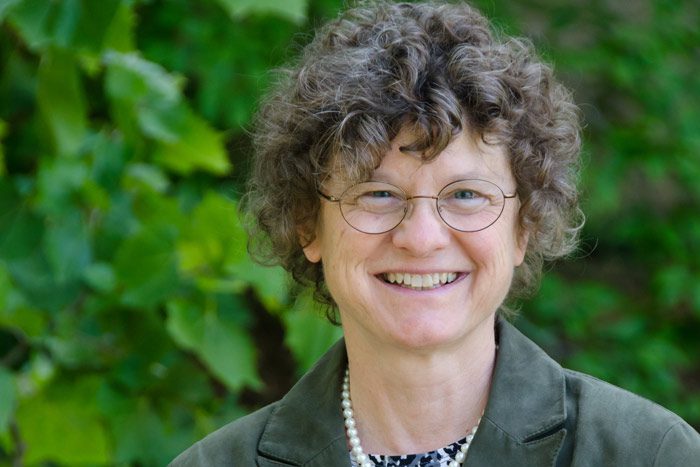Along the Wabash
Filmmaker working to tell story of Wabash River

SULLIVAN – Susanne Schwibs and her crew visited Sullivan County back in 2015, filming on the Merom Bluff and in Fairbanks for a documentary on the Wabash River’s history that should be aired on public television to coincide with Indiana’s bicentennial 2016.
“The way we are looking at it is not so much the historical fact, but the spirit that drove it,” said Schwibs, a producer/director with Indiana University’s PBS station WTIU. “The Wabash River was such an important site to the history and character of America. I’ve always been fascinated by the Wabash. Personally, I have dreamed of making this film for the past 10 years and I am so excited it is happening.
“I wanted to capture the spirit of the settlers and spirit and beauty of place,” she said. “(The film hopes to capture) the way we live in the natural world and make our mark while we’re here.”
The hourlong program will encompass centuries of stories about the Wabash through five-minute vignettes, Schwibs said.
“Some (vignettes) will use actors, along with archival materials (photos and records),” Schwibs said.
Shelburn’s John Waterman acted as tour guide two weeks ago, directing the group to locations in Sullivan County. Schwibs and her crew first shot on the Merom Bluff and then took a small boat, after the group’s 150-pound camera proved too heavy for a canoe, out with Waterman to film flooding near Fairbanks.
“For a story on the river, (I’ve been told) you are the one to talk to,” Schwibs said to Ellen Donker.
“Most of the history I know of the river is Sullivan County and down to Vincennes,” Donker said, noting Sullivan County’s importance in commerce. “In 1838, more than a million dollars’ worth of products came out of Sullivan County.”
“We filmed the bluff because it affords one of the most beautiful, panoramic views of the Wabash,” Schwibs said. “In fact, it helps us tell the story of John Banvard, whose dream it was to paint a continuous mile-long river panorama, from spring to end.”
An actor played Banvard during the recent filming. While he is best known for panoramas of the Mississippi River, he spent some of his early years traveling on the Wabash and exhibiting dioramas on his boat, Schwibs said.
“He exhibited his panorama all over the world,” she said. “He even traveled to England with it and showed it to Queen Victoria.
Filming in Fairbanks was basically to capture the flooding between the trees after July’s heavy rains.
“ ‘Along The Wabash’ will reference the 1913 flood, an event that submerged large parts of Indiana under water,” Schwibs said. “My plan is to intercut archival photos and current footage of the flooding. We also filmed flooding in the southern part of the state.
The program will encompass locations all along the Wabash, with a stop already made at the headwaters of the Wabash.
“We follow it geographically, from its beginning in Ohio to its end near New Harmony,” Schwibs said. “The Wabash was instrumental in the formation of our history. It was the trading route in early pioneer days, connecting the Great Lakes to the Mississippi and the Gulf of Mexico.”
Nearby locations where vignettes will be filmed include Lyles Station in Gibson County (Indiana’s first settlement of African-Americans and freed slaves in the 19th century), Vincennes (pearl fishing and other subjects) and Vigo County (the story of Mother Theodore Guerin).
“(Guerin) arrived in what was then a wilderness and in a little over 15 years she built Saint Mary-of-the Woods Convent and Academy, grew her novitiate from six nuns to 80, and opened schools throughout Southern Indiana,” Schwibs said. “Imagine what it must have felt like, getting out of a stagecoach with five fellow sisters, surrounded by tall trees and little else. What determination and what vision.”

